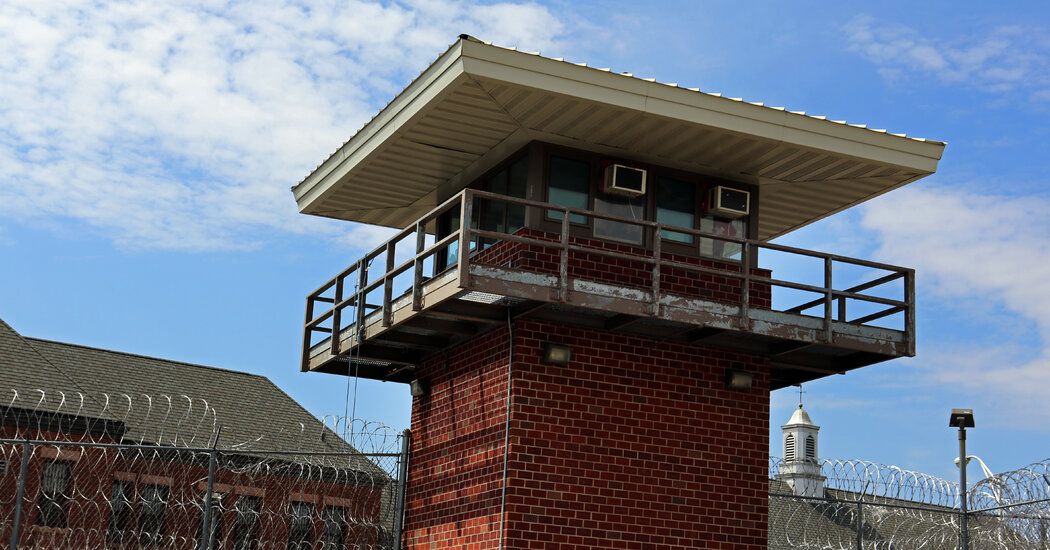How a ‘Blue Wall’ Inside N.Y. State Prisons Protects Abusive Guards
Even though Mr. Stanbro’s injuries were obvious — he could not walk or move his body from the neck down — the officer who injured him avoided discipline. Mr. Stanbro, however, was accused of assault and after he left the hospital was put in solitary confinement. In July, a federal jury awarded him $2.1 million in damages.
Image Chad Stanbro was paralyzed after a prison guard knelt on his neck. Credit... via Kim Reddon
Such cover-ups are commonplace across New York State’s prison system, according to a Marshall Project review of thousands of pages of court documents, arbitration records and officer disciplinary data.
At Auburn Correctional Facility, west of Syracuse, guards kicked a man, called him a racial slur and broke three of his ribs in what a judge called a “barbaric assault.” At Elmira Correctional Facility, near the Pennsylvania border, officers beat a handcuffed man and threw him down a flight of stairs, fracturing his skull. At Clinton Correctional Facility, near the Canadian border, guards kicked and punched a handcuffed man, breaking his rib. In all three cases, the staff members filed false reports to cover up the assaults, court records show, and faced no discipline.
The records illustrate how cover-ups can make it difficult to hold officers accountable for using excessive force. They also reveal a typical playbook: Guards often work in groups to conceal violent assaults by lying to investigators and on official reports, and then they file charges against their victims and have them sent to solitary.
The Marshall Project, a nonprofit news organization, obtained disciplinary data on more than 290 cases in which the corrections department tried to fire guards or supervisors accused of abusing prisoners. In nearly three-quarters of those cases, the agency also accused the officers of covering up misconduct, often by acting in concert. The department tried to discipline guards for incidents in which one or more were accused of committing abuse while others lied to hide it, bringing a case on average every two months over 12 years.
Source: The New York Times


